
NGC 3862 is an elliptical galaxy located 300 million light-years away in the constellation Leo. Discovered by astronomer William Herschel on April 27, 1785, NGC 3862 is an outlying member of the Leo Cluster.

NGC 6047 is an elliptical galaxy located about 430 million light-years away in the constellation Hercules. It was discovered by astronomer Lewis Swift on June 27, 1886. NGC 6047 is a member of the Hercules Cluster.

NGC 759 is an elliptical galaxy located 230 million light-years away in the constellation Andromeda. NGC 759 was discovered by astronomer by Heinrich d'Arrest on September 17, 1865. It is a member of Abell 262.
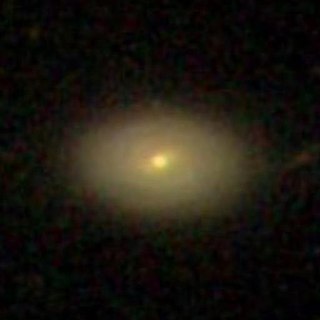
NGC 4060 is a lenticular galaxy located 320 million light-years away in the constellation Coma Berenices. It was discovered by astronomer Albert Marth on March 18, 1865 and is a member of the NGC 4065 Group which is part of the Coma Supercluster.

NGC 4065 is an elliptical galaxy located 300 million light-years away in the constellation Coma Berenices. The galaxy was discovered by astronomer William Herschel on April 27, 1785. It was then rediscovered by John Herschel on April 29, 1832 and was listed as NGC 4057. NGC 4065 is the brightest member of the NGC 4065 Group.

NGC 4066 is an elliptical galaxy located 340 million light-years away in the constellation Coma Berenices. The galaxy was discovered by astronomer William Herschel on April 27, 1785. NGC 4066 is a member of the NGC 4065 Group.

NGC 4070 is an elliptical galaxy located 340 million light-years away in the constellation Coma Berenices. NGC 4070 was discovered by astronomer William Herschel on April 27, 1785. It was rediscovered by John Herschel on April 29, 1832 and was listed as NGC 4059. The galaxy is a member of the NGC 4065 Group.

NGC 4072 is a lenticular galaxy located 300 million light-years away in the constellation Coma Berenices. The galaxy was discovered by astronomer Ralph Copeland on April 3, 1872 and is a member of the NGC 4065 Group.
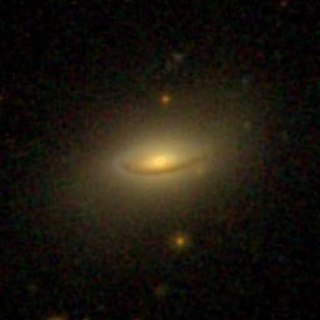
NGC 4074 is a peculiar lenticular galaxy located 310 million light-years away in the constellation Coma Berenices. It was discovered by astronomer William Herschel on April 27, 1785 and is a member of the NGC 4065 Group.

NGC 4076 is a spiral galaxy located 290 million light-years away in the constellation Coma Berenices. The galaxy was discovered by astronomer William Herschel on April 27, 1785 and is a member of the NGC 4065 Group.
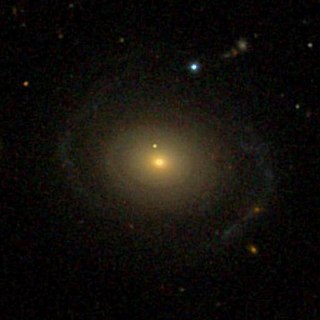
NGC 4086 is a lenticular galaxy located 330 million light-years away in the constellation Coma Berenices. NGC 4086 was discovered by astronomer Heinrich d'Arrest on May 2, 1864 and is a member of the NGC 4065 Group.
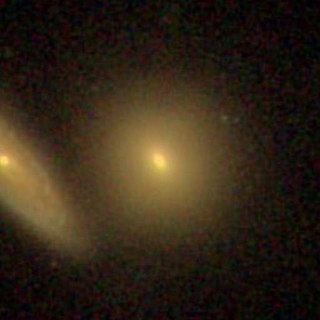
NGC 4089 is an elliptical galaxy located 340 million light-years away in the constellation Coma Berenices. NGC 4089 was discovered by astronomer Heinrich d'Arrest on May 4, 1864 and is a member of the NGC 4065 Group.

NGC 4090 is a spiral galaxy located 340 million light-years away in the constellation Coma Berenices. The galaxy was discovered by astronomer Heinrich d'Arrest on May 2, 1864 and is a member of the NGC 4065 Group.

NGC 4092 is a spiral galaxy located 310 million light-years away in the constellation Coma Berenices. It was discovered by astronomer Heinrich d'Arrest on May 2, 1864. NGC 4092 is a member of the NGC 4065 Group and hosts an AGN.

NGC 4093 is an elliptical galaxy located 340 million light-years away in the constellation Coma Berenices. The galaxy was discovered by astronomer Heinrich d'Arrest on May 4, 1864. NGC 4093 is a member of the NGC 4065 Group and is a radio galaxy with a two sided jet.
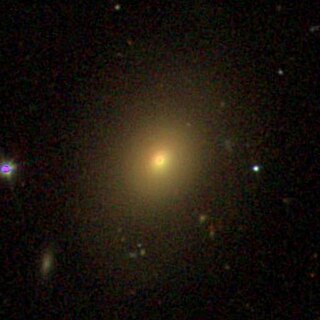
NGC 4095 is an elliptical galaxy located 330 million light-years away in the constellation Coma Berenices. The galaxy was discovered by astronomer William Herschel on April 26, 1785. NGC 4095 is a member of the NGC 4065 Group and is a LINER.

NGC 4098 is an interacting pair of spiral galaxies located 330 million light-years away in the constellation Coma Berenices. NGC 4098 was discovered by astronomer William Herschel on April 26, 1785. It was then rediscovered by Hershel on December 27, 1786 was listed as NGC 4099. NGC 4098 is a member of the NGC 4065 Group.

The NGC 4065 Group is a group of galaxies located about 330 Mly (100 Mpc) in the constellation Coma Berenices. The group's brightest member is NGC 4065 and located in the Coma Supercluster.

NGC 4294 is a barred spiral galaxy with flocculent spiral arms located about 55 million light-years away in the constellation Virgo. The galaxy was discovered by astronomer William Herschel on March 15, 1784 and is a member of the Virgo Cluster.

NGC 4302 is an edge-on spiral galaxy located about 55 million light-years away in the constellation Coma Berenices. It was discovered by astronomer William Herschel on April 8, 1784 and is a member of the Virgo Cluster.




















